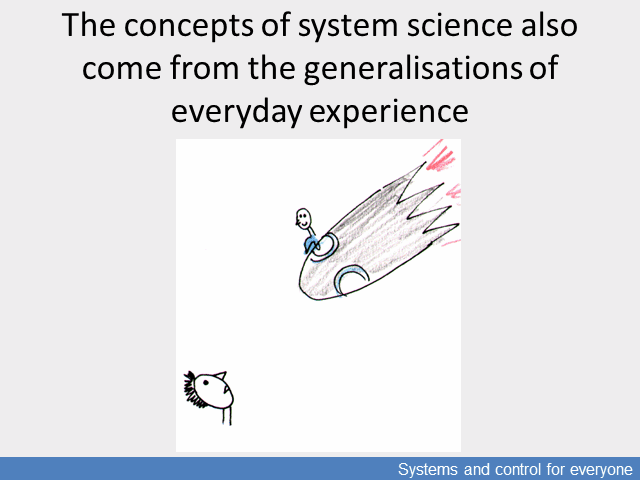

Dimensions and spaces
At the beginning, our worlds were only, so to say, one-floor buildings: our observations and memories primarily worked in two dimensions. This is why we could be convinced that the Earth was flat. This starting point can be discovered even today in the movement of our heads and eyes, in the main direction of our observation. The awareness of the third dimension is a later development; and even more later is the development of the observer's approach where the three dimensions are perceived from above or from the distance of another celestial body and so become relative, together with the concepts of “under” and “above”.
The conceptual framework of dimensions and spaces was first loosened by the centuries-old problem of the spherical Earth and the Euclidean parallel postulate, followed by the complete renewal of geometry in the 19th century, which was summarised by Felix Klein’s Erlangen programme.
Our world view was further renewed by the (still on-going) extension of the theory of relativity and the quantum theory, and modern physics has made these theoretical considerations reproducible and experimentally provable phenomena of reality.
The conceptual images of spaces and their dimensions characterized by coordinates had an impact on how we think of the everyday natural and artificial worlds, and made it possible to develop approaches and methods with which the complex relations of such systems can be modelled and monitored through calculations.
The space-perception of systems, which is also shaped by practice, enjoys this freedom: a physician working with ultrasound or CT images perceive space differently from an economist who examines the various sociological factors of different regions or from a meteorologist or a pilot who use radar images. The physicist who researches elementary particles also has a radically different space-perception.
The aim of this chapter is to present this thinking process and help building systems which provide a flexible image for practice.